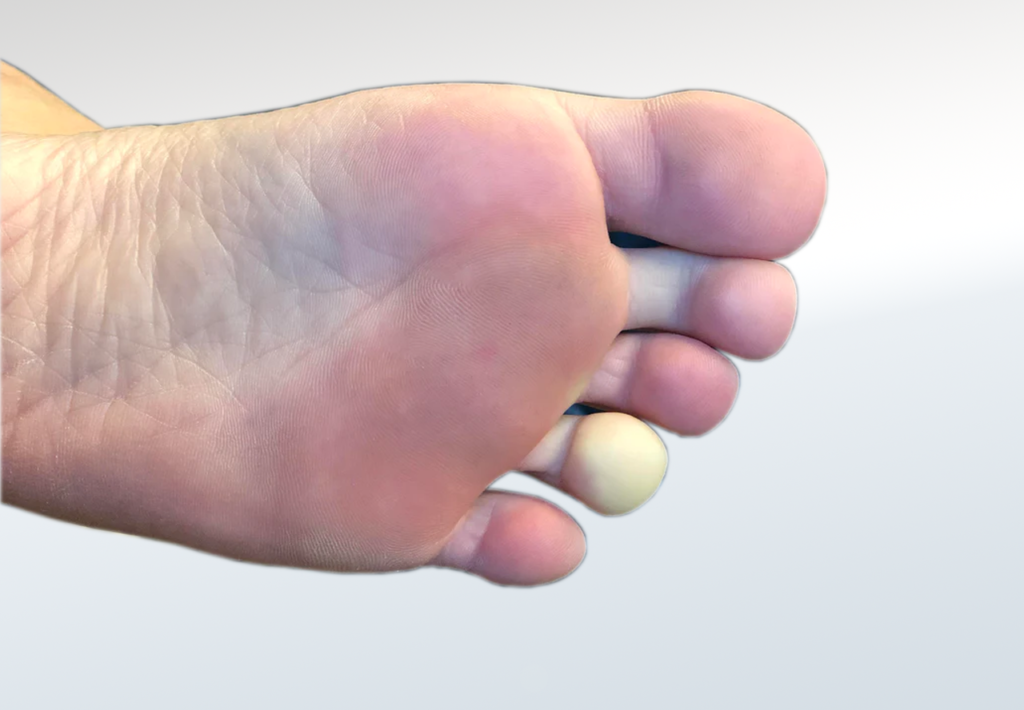Understanding Diabetic Skin Conditions: Visual Guide
Diabetes affects more than your blood sugar levels; it can also have a significant impact on your skin. Understanding diabetic skin conditions is crucial for prevention and management. In this visual guide, we’ll explore common skin issues associated with diabetes, along with practical advice for management and prevention.
 Common Diabetic Skin Conditions
Common Diabetic Skin Conditions
Diabetes can lead to a variety of skin conditions. Recognising them early can help you manage them effectively.
Diabetic Dermopathy
Diabetic dermopathy, often referred to as "shin spots," appears as light brown, scaly patches on the skin, primarily on the lower legs, including the shins. These spots are harmless and do not require treatment. Changes in the small blood vessels cause them and often appear in clusters.
 Diabetic Blisters
Diabetic Blisters
Diabetic blisters, or bullosis diabeticorum, are rare but can occur on the fingers, hands, toes, feet, and sometimes on legs and forearms. These blisters are typically painless and heal on their own within a few weeks, often without leaving scars. Keeping blood sugar levels in check and avoiding injury can help prevent them.
Diabetes Rash and Itching
Diabetes can cause rashes and itching due to poor circulation and high blood sugar levels. The rash often appears on the legs, neck, or under the breasts. Moisturising regularly and maintaining good blood sugar control can alleviate symptoms. Additionally, itchy feet in diabetes can be managed with proper skin care and monitoring of blood sugar levels.
Eczema and Diabetes
People with diabetes may be more prone to eczema, a condition causing inflamed, itchy, cracked, and rough skin. Moisturising and using gentle, fragrance-free skin care products can help manage eczema.
Diabetes and Dark Patches
Insulin resistance can cause dark patches, known as acanthosis nigricans, on the neck, armpits, and groin. Managing diabetes and losing weight can reduce these patches.
Footwear for Diabetic Foot
Foot care is critical for people with diabetes due to the risk of neuropathy and poor circulation. Choosing the right footwear can prevent complications.
Shoes for Diabetic Skin Conditions
Diabetic shoes are specially designed to reduce pressure on the feet, prevent ulcers, and improve mobility. Look for shoes with a wide toe box, good arch support, and soft, breathable materials.
Features of Diabetic Footwear
-
Cushioning: Adequate cushioning to absorb shock and reduce pressure.
-
Seamless Interiors: To prevent irritation and blisters.
-
Adjustable Closures: Velcro straps or laces for a secure fit.
-
Breathable Material: To keep feet dry and prevent fungal infections.
Prevention and Treatment of Diabetic Skin Conditions
Managing diabetic skin conditions involves a combination of lifestyle changes and medical treatments.
Blood Sugar Control
Maintaining stable blood sugar levels is crucial in preventing skin problems. Regular monitoring and following a diabetes-friendly diet can help keep your skin healthy.
Skincare Routine
-
Moisturise Daily: Use a fragrance-free moisturiser to keep your skin hydrated.
-
Gentle Cleansing: Use mild soap and lukewarm water to prevent skin irritation.
-
Sun Protection: Apply sunscreen to prevent further damage to sensitive skin.
Medical Treatment
Consult a dermatologist for persistent skin issues. They may recommend topical treatments or medications to manage the condition effectively.
Regular Check-ups
Regular check-ups with your healthcare provider can help catch skin problems early and prevent complications.
When to See a Doctor
While many diabetic skin conditions can be managed with self-care, some require medical attention. Seek medical advice if you notice:
-
Persistent itching or rashes
-
Blisters that do not heal
-
Signs of infection such as redness, swelling, or pus
-
Changes in skin colour or texture
Conclusion
Diabetes can significantly impact your skin, but understanding these conditions and taking proactive steps can help you manage them effectively. By maintaining good blood sugar control, choosing appropriate footwear, and following a consistent skincare routine, you can prevent and manage diabetic skin conditions. Always consult with your healthcare provider for any concerns or persistent issues.
Taking care of your skin is an essential part of managing diabetes, and with the right knowledge and tools, you can keep your skin healthy and comfortable. Remember, early detection and management are key to preventing complications associated with diabetic skin conditions.








